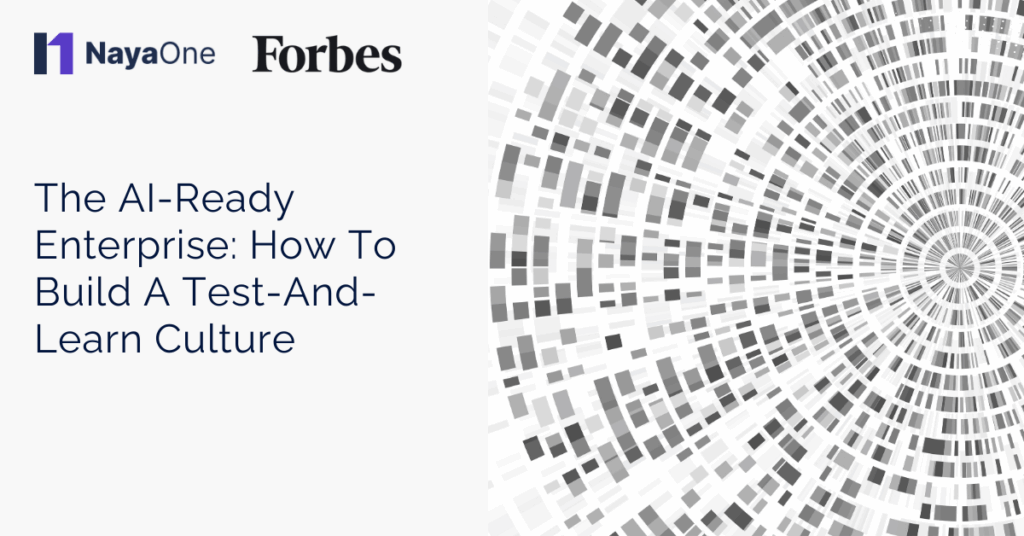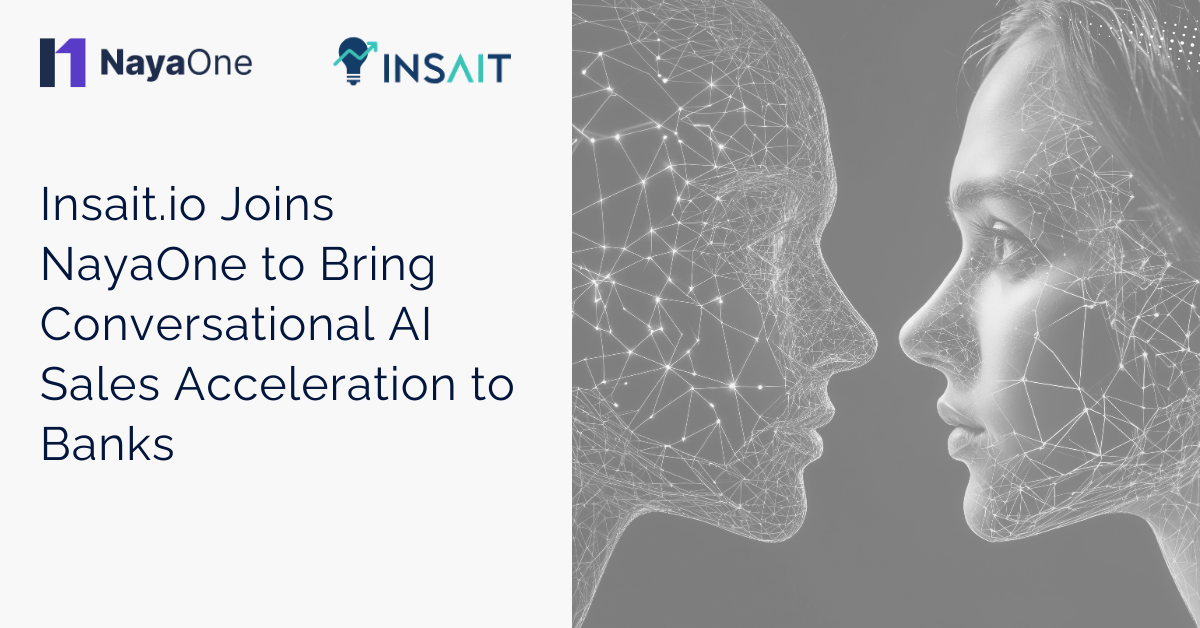For most enterprises, the challenge isn’t deciding whether to use AI but how to do it well. The gap between AI strategy and execution remains stubbornly wide: Regulatory uncertainty, fragmented procurement, risk exposure and a lack of delivery infrastructure all get in the way of successful AI deployment.
What enterprise leaders should understand is that sustainable AI transformation is not about chasing hype or running one-off proofs of concept (PoCs). It’s about building a test-and-learn culture at scale—where innovation is safe, repeatable and outcome-oriented.
Why Most Enterprises Struggle To Operationalize AI
Despite considerable investment, many organizations find themselves stuck in a cycle of vendor demos, isolated PoCs and siloed innovation efforts that rarely scale. Why?
- No dedicated infrastructure for secure experimentation.
- Siloed innovation teams with limited delivery handover.
- Fragmented procurement processes for third-party tech.
- A lack of evaluation standards and success metrics.
What’s missing?
- A secure place to experiment.
- A repeatable process for onboarding new tech.
- Clear criteria for what “good” looks like.
- The infrastructure to move fast, without cutting corners.
Put simply, these enterprises lack the structural capabilities to adopt AI safely, quickly and repeatedly.
Building An AI-Ready, Test-And-Learn Enterprise
Embedding a test-and-learn culture into a large organization doesn’t happen by chance. It requires structured planning, executive alignment and, most importantly, operational infrastructure. Here’s a practical framework leaders can use to get started:
1. Start with strategic use cases—and clear outcomes.
Identify high-value areas where AI can deliver tangible benefits: automated document processing, fraud detection, customer journey personalization or operational efficiency.
Prioritize based on business readiness, data availability and regulatory risk. Pick use cases where the data exists, teams are engaged and success can scale.
One important factor to remember: If nobody owns the outcome, it’s not a real PoC.
2. Create a safe space to test: a digital sandbox.
A digital sandbox bridges the gap between innovation and delivery. It allows teams to safely trial new technologies using synthetic or pseudonymized data, without risking disruption to live systems or breaching compliance.
To implement one, set clear guardrails from the outset—including data boundaries, access controls and evaluation criteria. Align risk, compliance and delivery teams before experimentation begins. Also, choose sandbox environments that can simulate production-like conditions. This increases confidence that successful PoCs will translate into operational reality.
3. Streamline access to external ecosystems.
Some of the most impactful AI innovations come from external vendors—often early-stage ones. But traditional procurement and onboarding processes can take 6 to 12 months or more. To ensure vendors can manage your needs, ask:
- Are they compliant with relevant data and security standards?
- Can they integrate with your architecture with minimal lift?
- Have they demonstrated value in similar environments?
- Can you test their solution in a governed, time-boxed environment?
By setting up standardized evaluation processes and using pre-vetted ecosystems or frameworks, you can cut months off your validation timelines.
4. Redefine metrics to reflect long-term value.
Innovation is often measured in short-term wins: Did the demo work? Did the PoC run?
But sustainable transformation requires a longer lens. Here are some key metrics to consider:
- Time To Decision: How fast do you move from idea to decision?
- Throughput Of Experiments: How many use cases are tested per quarter?
- Conversion To Production: What percentage of experiments go live?
- Governance Coverage: Are legal and compliance frameworks embedded throughout?
Measuring what matters builds accountability and ensures experiments contribute to enterprise-wide outcomes.
5. Bring risk and compliance into experiments early.
AI adoption can’t outpace governance. Risks like model bias, explainability gaps and data privacy breaches can’t be addressed post hoc. Build governance into the sandbox, not after it. This includes:
- Engaging legal and compliance as early design partners.
- Embedding model audibility and traceability into test flows.
- Applying industry guidance, such as the NIST AI Risk Management Framework, to structure evaluation.
When governance is part of the testing process, it shifts from being a blocker to becoming a strategic enabler.
From Tactical Experiments To Execution
A successful PoC is not transformation. Enterprise-wide innovation comes when any team can test ideas safely—and when the best ideas can scale with trust, speed and control.
A test-and-learn culture isn’t about labs filled with whiteboards. It’s about operational infrastructure, data readiness and cross-functional alignment. Resilient enterprises treat innovation as a system, not a side project. They create structures that enable discovery, validation and delivery to happen on repeat.
Recent research from BCG found that "only 26% of companies have developed the necessary set of capabilities to move beyond proofs of concept and generate tangible value." One of the factors for those successful companies, the report found, was that they invested 70% of their resources in people and process, while investing only 10% into algorithms and 20% into technology and data.
The takeaway? The winners in enterprise AI won’t be those who deploy first—but those who build processes and systems that let them deploy well, safely and repeatedly.





